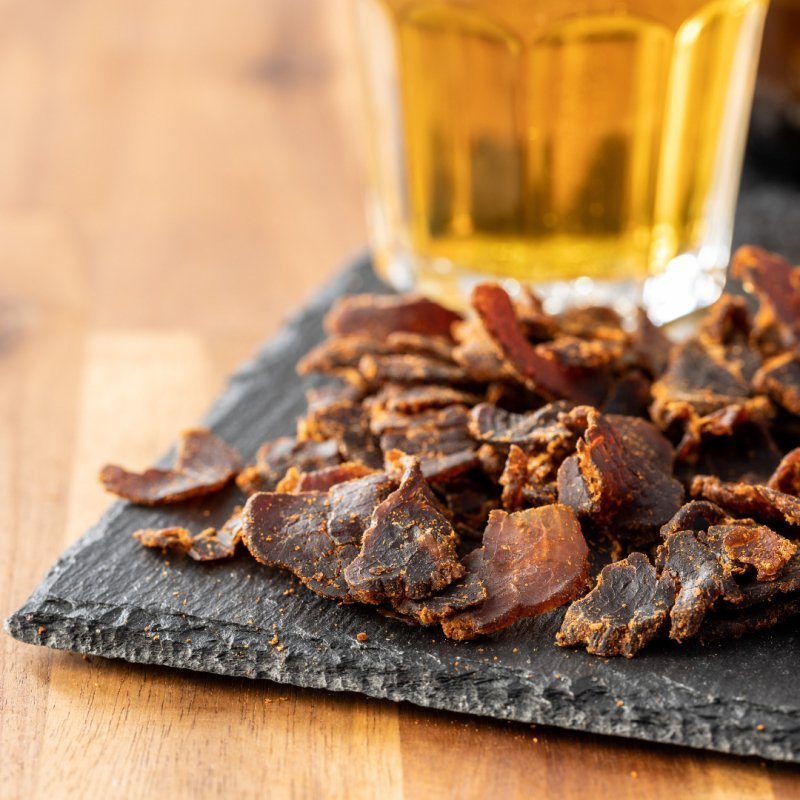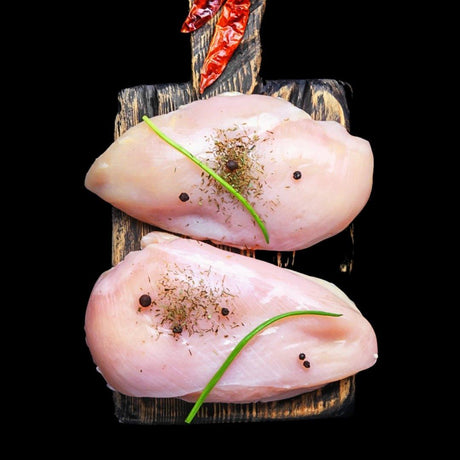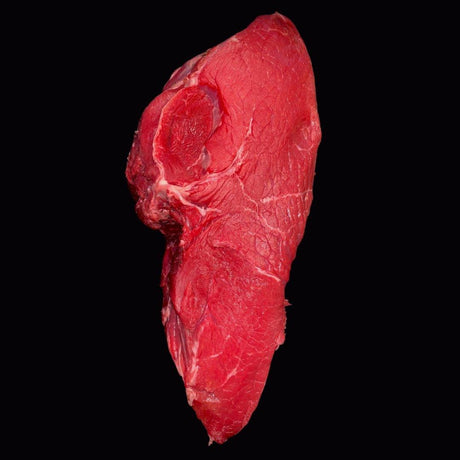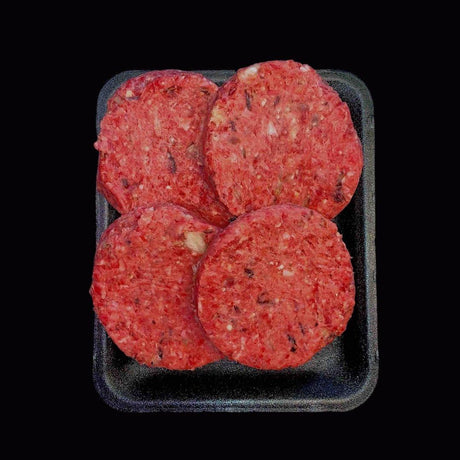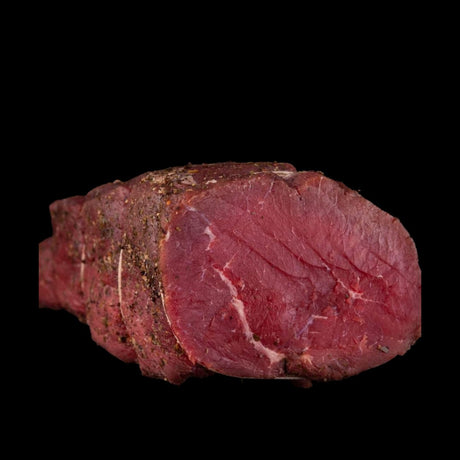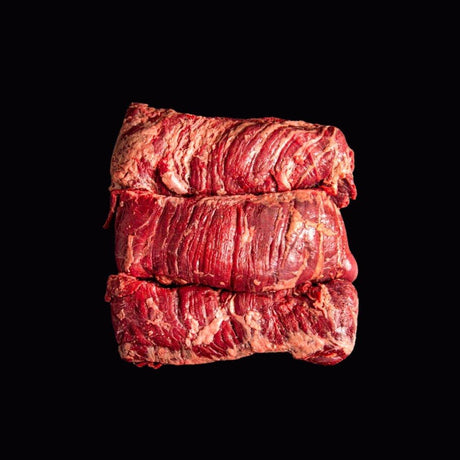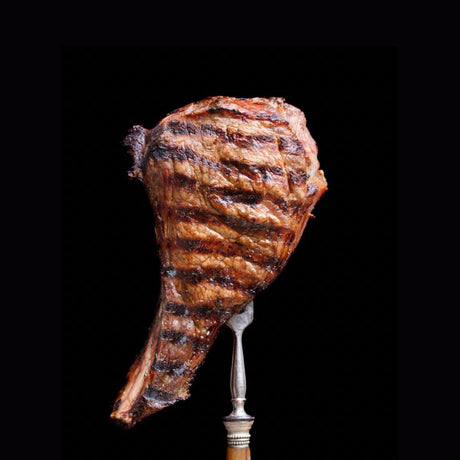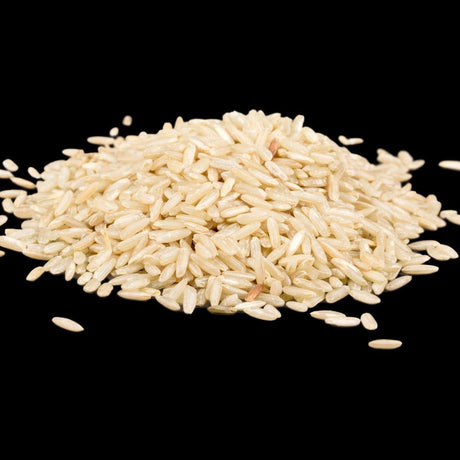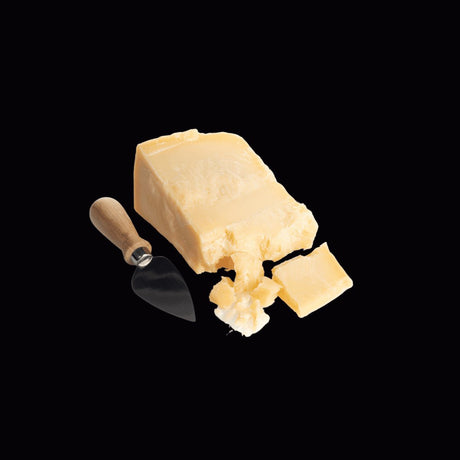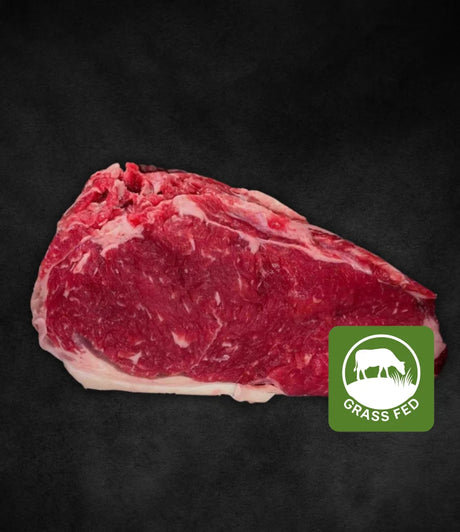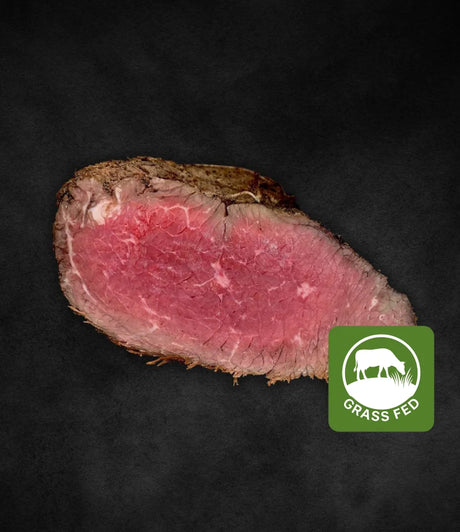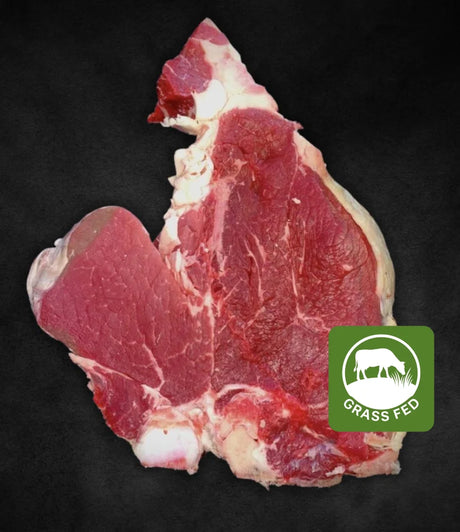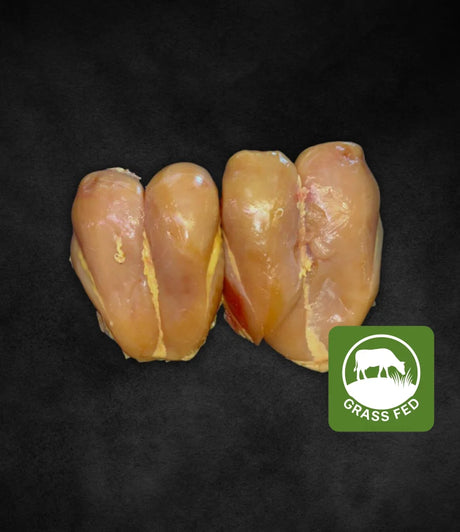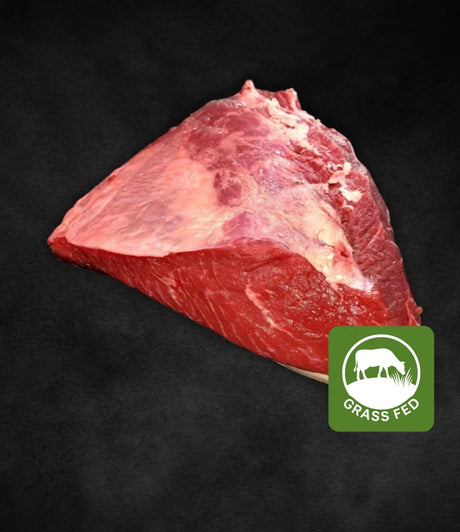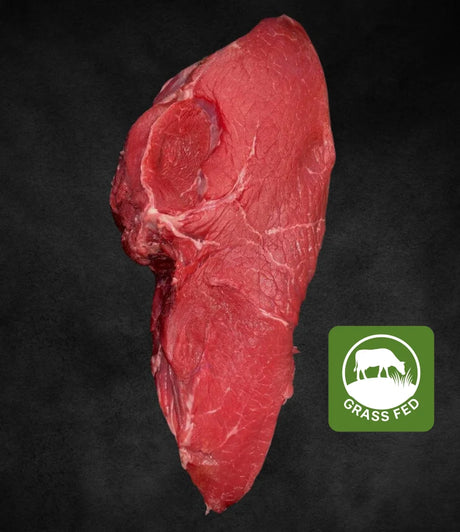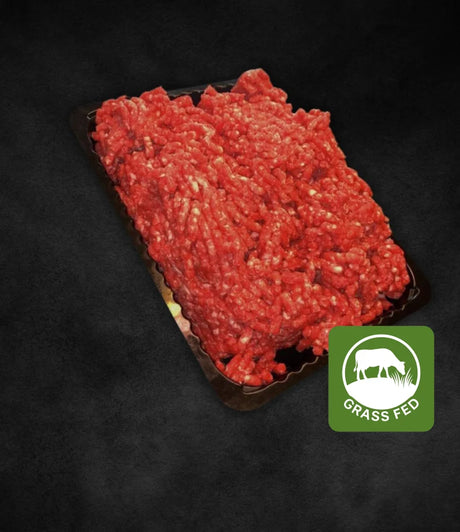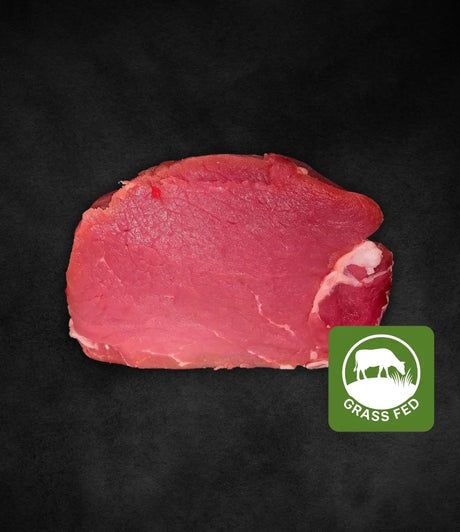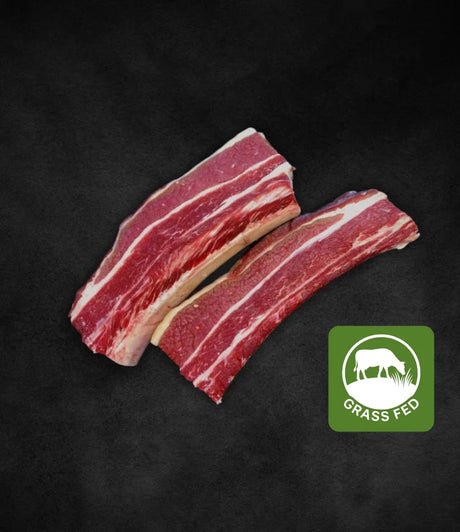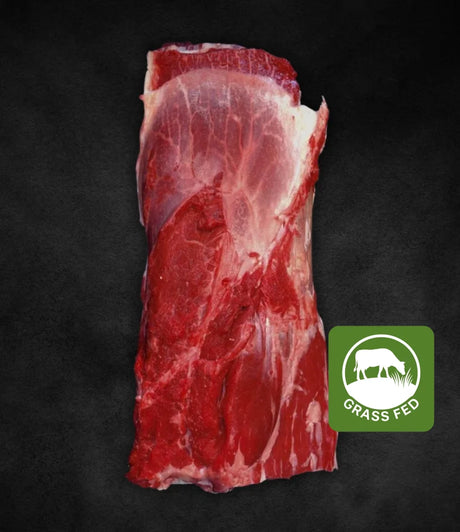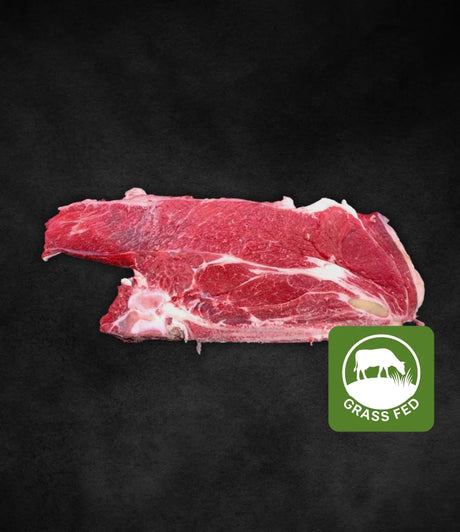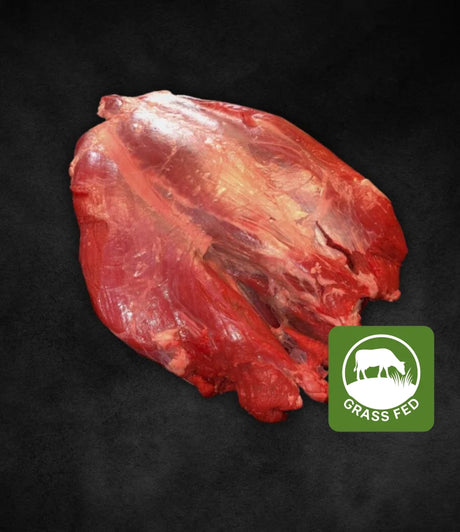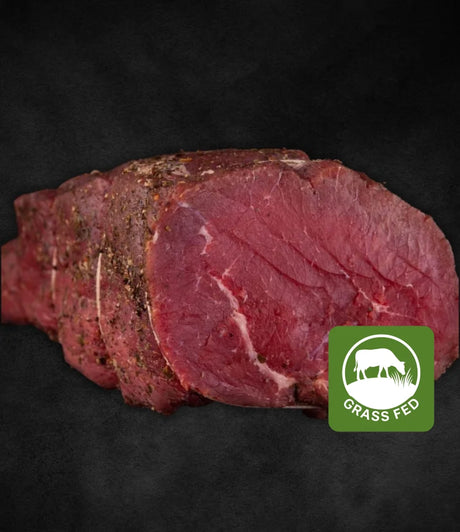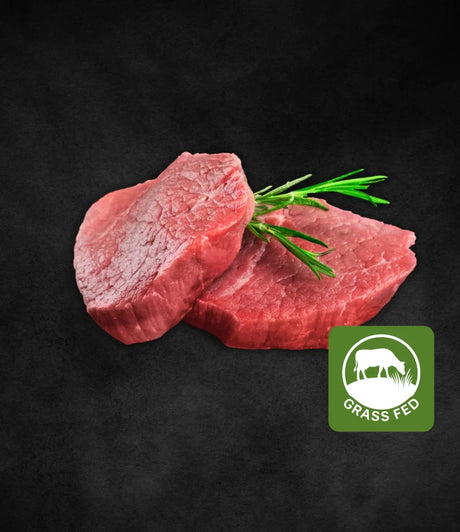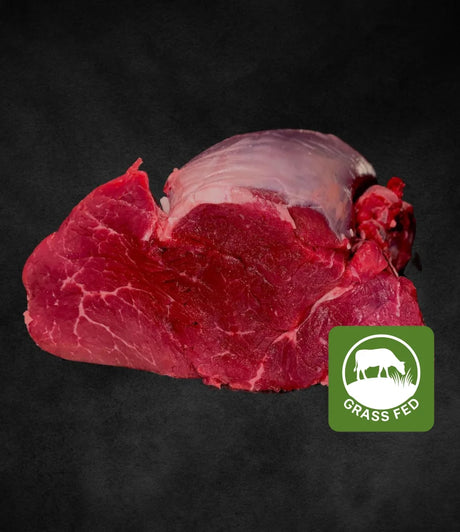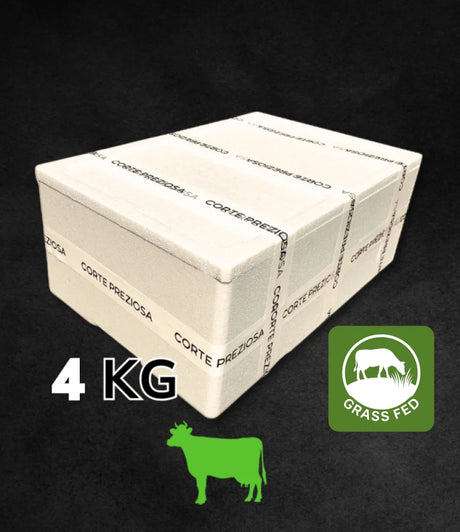Carne Salada: A Trentino Treasure with an Ancient Tradition
Carne salada is one of the most iconic gastronomic products of Trentino cuisine, an excellence that has its roots in centuries of tradition and that still represents a symbol of local culture. With its delicate flavor and its preparation that combines simplicity and care, carne salada has managed to conquer the hearts of those who love genuine and authentic cuisine.
What is Carne Salada?
Carne salada is a type of beef that is salted, seasoned and left to rest for a period of time that varies from a few days to weeks, depending on the producer's preferences. During the salting process, the meat develops a unique flavor and texture that makes it perfect to be eaten raw, as a carpaccio, or cooked in various typical dishes.
Carne salada is generally obtained from lean cuts of meat, such as beef belly or rump, which are massaged with a mixture of salt, pepper, rosemary, garlic and other aromatic herbs, creating a balance of flavors that enhances the natural goodness of the meat. The result is a meat with a pink color and a tender texture, which is preserved thanks to salting.
The History of Carne Salada
The origins of carne salada are closely linked to the rural and pastoral tradition of the Trentino valleys. In past centuries, meat was preserved with salt to prevent it from spoiling, especially in the hottest periods of the year, before refrigeration was a reality. Salting was a fundamental technique to ensure the preservation of food during the winter, and carne salada has become a true local specialty, appreciated especially in Trentino and the surrounding areas.
The tradition of carne salada has been handed down from generation to generation, with local producers refining the techniques of processing and refining the meat over time, creating a recipe that is jealously guarded today and represents a true cultural heritage.
How to Eat Carne Salada?
Carne salada can be eaten in various ways, but the most traditional is definitely carpaccio . Thin as a leaf, carne salada is cut into very thin slices and served dressed with olive oil, lemon, black pepper and maybe a few rocket leaves. A fresh and tasty dish, perfect as an appetizer or as a second course during hot summer days.
In addition to carpaccio, carne salada can be used to prepare more elaborate dishes. Another typical dish is carne salada e fasoi (beans), a combination that combines the softness of the meat with the creaminess of the legumes, creating a combination of flavors that recalls peasant traditions. The meat can also be stewed or grilled, for a tastier result that always respects its delicacy.
Carne Salada and Wine: The Perfect Pairing
When talking about carne salada, we cannot fail to mention the pairing with wine. Being a dish with a marked flavor, carne salada pairs perfectly with fresh and fruity wines, but also with more structured ones, which balance its flavor. The white wines of Trentino , such as Pinot Grigio or Nosiola, are excellent companions for carpaccio, while a Valdadige Rosso or a Teroldego can enhance the flavor of the meat in more elaborate dishes.
Carne Salada Today: A Product to Enjoy and Preserve
In recent years, carne salada has seen renewed interest even outside the borders of Trentino. With the increase in demand for typical and genuine products, many food enthusiasts have approached this delicacy, recognizing it as one of the most authentic specialties of Italy.
Today, carne salada is produced following precise rules, respecting maturation times and the use of natural ingredients. Many companies in Trentino have specialized in the processing of carne salada, keeping the tradition alive and, at the same time, introducing innovations that improve its quality and food safety.
Conclusions
Carne salada is much more than just a food: it is an integral part of Trentino culture, a tradition that tells the story of a people tied to the land and its resources. With its delicate flavor, carne salada is proof that simplicity can hide a great richness of flavor. If you find yourself in Trentino, don't miss the opportunity to taste it in one of its many variations. And if you are a cooking enthusiast, try bringing it to your table: you could discover a new way to appreciate Italian traditions.
---------------------------------------------------------------------------------------

